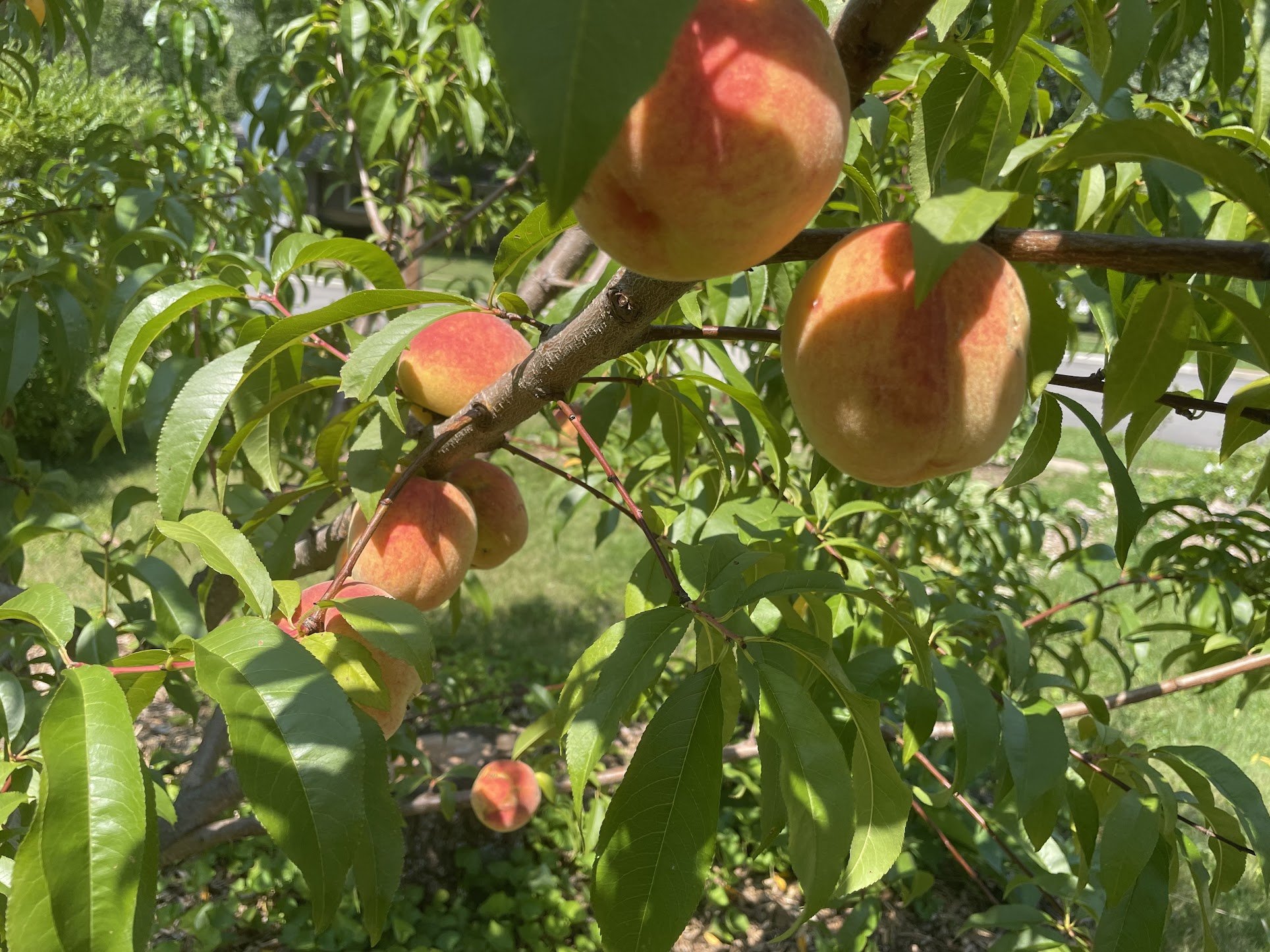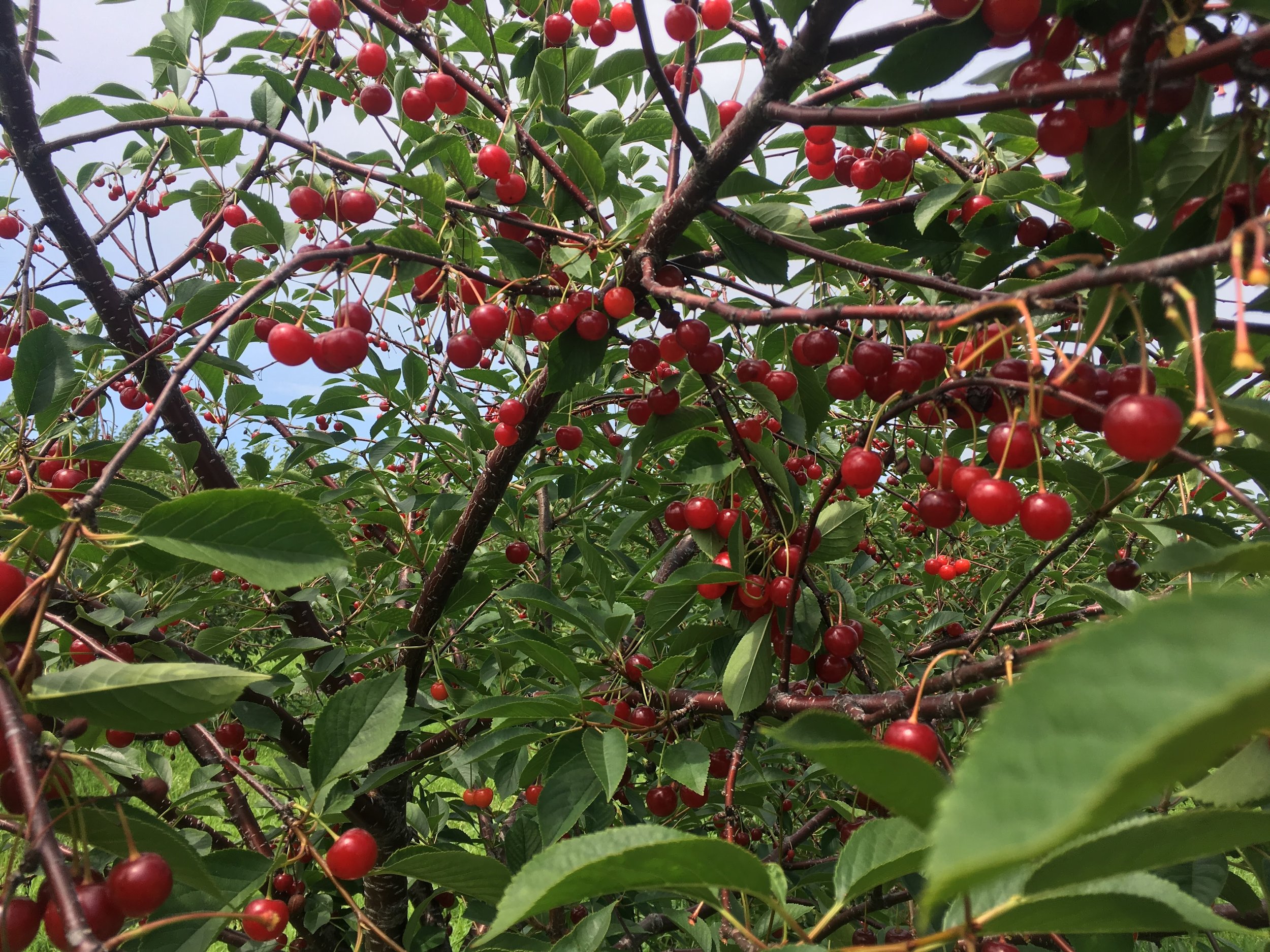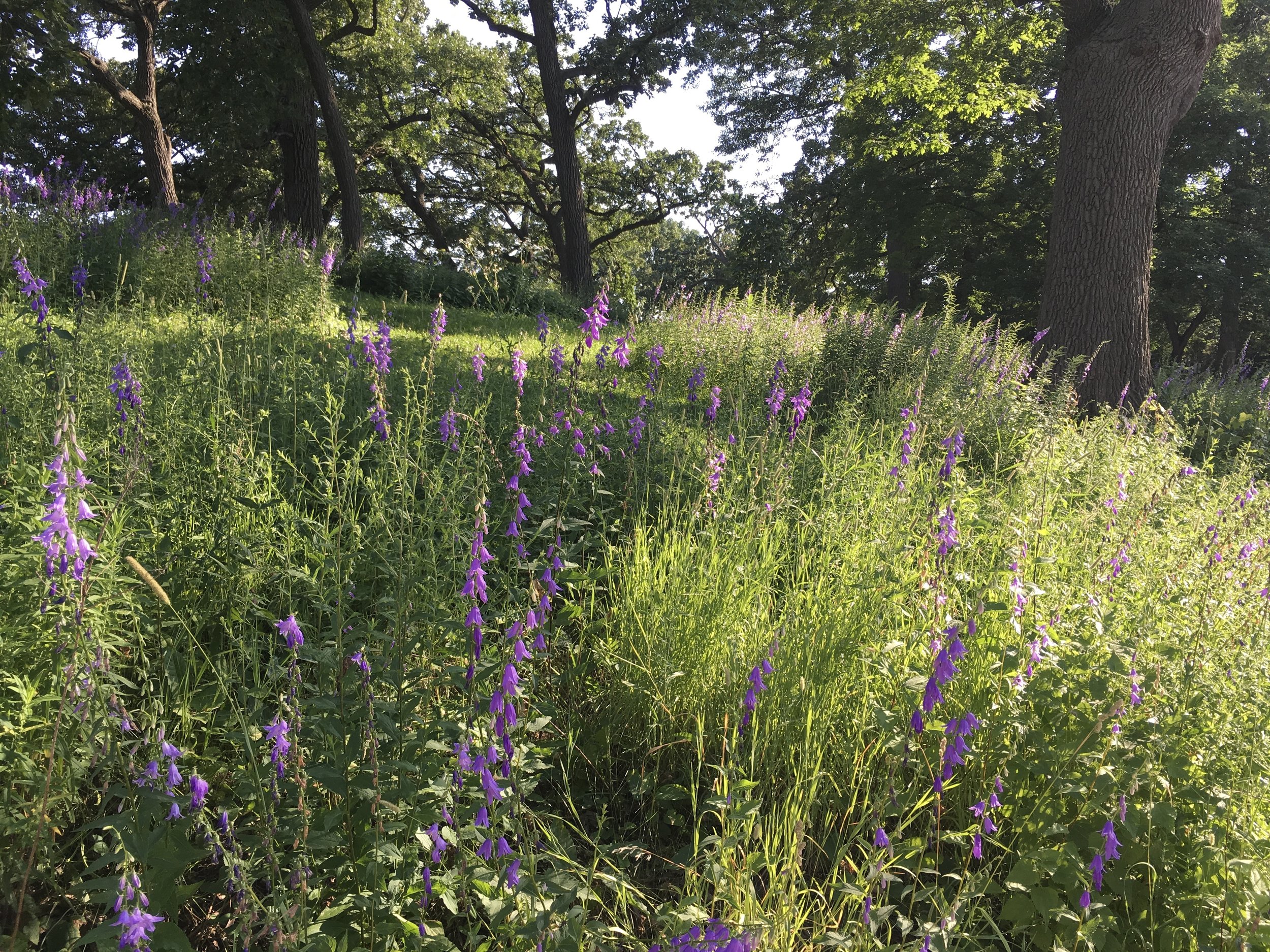Treat your yard with respect and avoid the top five most common spring landscaping mistakes.
1- Working on wet soil. It’s tough. Early spring ushers in a shining sun and singing birds who long to perform for the new, warm world. Those of us eager to get to work slip on our boots and head out with gusto. But working in soggy, squishy soil, as fondly reminiscent of childhood and enjoyable as it may be, is detrimental for lawns and garden beds. Compaction is the main issue. Developing a habit of trodding over water-saturated soils (and, worst of all, driving heavy equipment over the wet ground) is a sure way to decrease the vitality of your landscape- and soil health. Wet soil is easier to accidentally compact because, as pressure is applied, water molecules are driven out of the way and the soil molecules are “glued” together under the compression. Imagine making a snowball out of sticky, soggy snow as opposed to fluffy, powdery flakes. Soil compaction impedes water absorption and retention, thus hampering nutrient absorption and resulting in a variety of long-standing issues.
2- Mulching too high. Mulch is a great way to keep weeds under control, provide erosion protection, and aid in retaining moisture, but it is not something to be done hastily. Plants need space for air circulation in order to be healthy. Mulching too close and too thick is counterproductive. A general rule of thumb is 1-2” of mulch for perennial gardens and 2-4” for shrubs. Newly planted trees appreciate thicker mulch, but it is essential to remember to keep the mulch from touching the stem or trunk areas. The same goes with mulching near your home. Keep the mulch off of your siding to prevent unnecessary decay or moisture retention..
3- Raking the lawn. It can feel great to get out and rake all of that decayed debris out of your lawn as it is just beginning to green up, but that brown debris is actually serving a purpose: it is protecting those patches of lawn from the sun which might otherwise warm up the exposed soil, encouraging the germination of the crabgrass or other weed seeds that may have blown in. A gentle raking isn’t necessarily a bad idea in areas with trees that drop large leaves such as oaks and Norway maples, but no need to get carried away and rake the entirety of your lawn. Consider allowing a small amount of winter debris to remain. Eventually, the lawn will fill in those spaces itself as it gains energy in the growing season, and in the meantime, those pesky weed seeds will have less chance of germination.
4- Getting over-committed. If you only knew how many people call asking for help to resolve issues started by an overzealous partner getting inspired by the beauty of spring, tearing out the whole lawn, and then saying “oh, shit.” It’s another springtime temptation that some of us just can’t resist. It’s too easy to be swept away by the lure of beautiful perennials in garden stores or fascinating seed catalogs, but making a plan will help you come to terms with reality and improve the likelihood of actually accomplishing your dream! This doesn’t mean your natural pond or front yard prairie can’t be attained. Perhaps it’s just best to work in phases over a few seasons. Or, if you’re the type that likes to get it done all at once, plan on hiring or asking for help. Use that spring fever energy to your advantage and be efficient with a realistic plan of action. And remember, if a landscape contractor needs to be involved, fall is often a better contact time than three weeks into spring.
Forgetting about the pollinators. Many insects that are beneficial for pollination find refuge in the hollow stems of plants during the winter, so be careful when cutting plants back in spring. If you start too early in the season, many of these insects may still be cozily snoozing in their little winter homes. Waiting until the temperatures are more consistent in spring is ideal. Be on the lookout for cocoons and chrysalises on woody stems too! It’s best to leave those stems and return to them once the insects have emerged. If you’re itching to get things tidy, be mindful when cutting back stems and try placing them in a compost or brush pile where insects can remain until they are ready to emerge. The Xerxes society has some great articles on spring cleanup practices that support pollinators.










